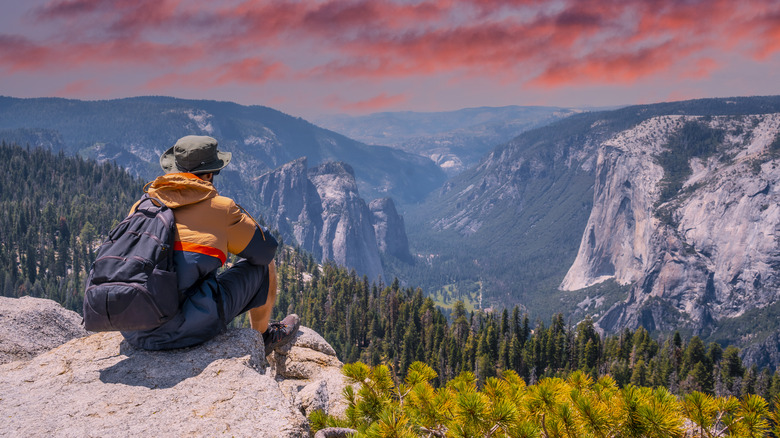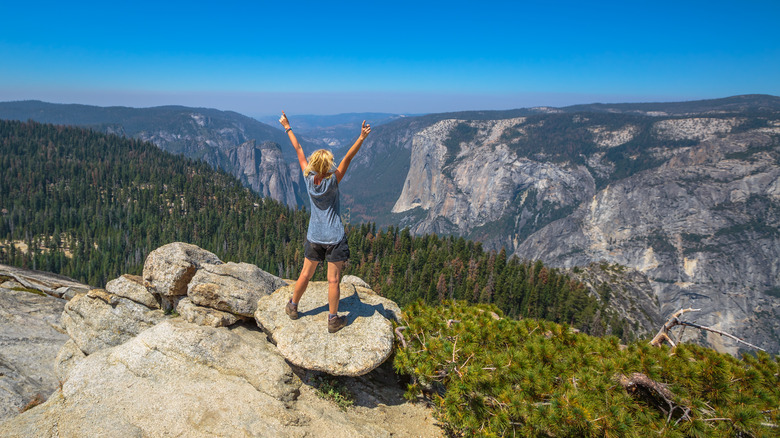Travel Guides Outdoor Adventures
Marie McMullan
California’s Yosemite National Park is among one of the most cherished national landscapes in the country. Some of the most jaw-droppingly beautiful photos of America have been taken in this pristine wilderness. But for some, pictures of the national park can’t capture all its wonders. Since the best way to be immersed in the forest’s nature is through hiking its paths, visiting Yosemite is on the bucket lists of many travelers. However, you don’t have to be a practiced backcountry explorer to master Yosemite.
While this national park tends to be one of the hardest to visit due to its high demand, it includes scenic beginner hiking trails for budding explorers. Don’t feel pressure to become a pro at all things outdoors before planning your trip to Yosemite National Park. Its wilderness is unmatched but accessible for new hikers. With a few accommodations and a bit of planning, you’ll be able to make the most out of a Yosemite adventure as you hit the trails.
Why Yosemite works as a destination for beginner hikers

Unaihuiziphotography/Getty Images
When U.S. News and World Report ranked the best national parks in the country, Yosemite came out as No. 1 on its list. Full of stunning sequoia trees, waterfalls, and vast landscapes including cliffs and valleys, Yosemite is one of the most beautiful places in the United States. According to the National Park Service, the park offers more than 750 miles of trails. Practiced hikers will have no trouble navigating the wilderness of the region, but more inexperienced outdoor fans might feel intimidated by such a daunting park. However, U.S. News and World Report took note of the resources available for new hikers that will make their trip to Yosemite a more accessible experience, including guided tours and climbing lessons.
Additionally, you can plan by checking out the National Park Service’s charts on Yosemite’s trails. The National Park Service has identified the difficulty level for each of its trails, noting whether it is “Easy,” “Moderate,” or “Strenuous.” Be sure to be prepared before you venture onto any Yosemite trails.
Key things to keep in mind for your Yosemite hikes

Bennymarty/Getty Images
The National Park Service has accumulated tips for all guests and hikers to remember while on their trip to Yosemite. You’ll want to be prepared for your hike, which means drinking plenty of water and eating enough to be energized. Bring water with you if you’re planning to be out for a couple of hours. According to the park service, dehydration is one of the biggest culprits of injuries for hikers. And if you’re relying on fresh water from streams and rivers, be sure to bring a portable water treatment device with you. Treat any fresh water before drinking.
The park service doesn’t maintain trails, so there is always a chance that parts are overgrown or difficult to maneuver. Be sure to stay on the marked trails, though. According to the Park Service, walking off the trails and creating shortcuts can erode the existing trail. Plus, it is illegal.
You can check out the National Park Service’s tips and charts all about Yosemite before planning your trip for the best hiking experience possible for both experienced and beginning hikers.

